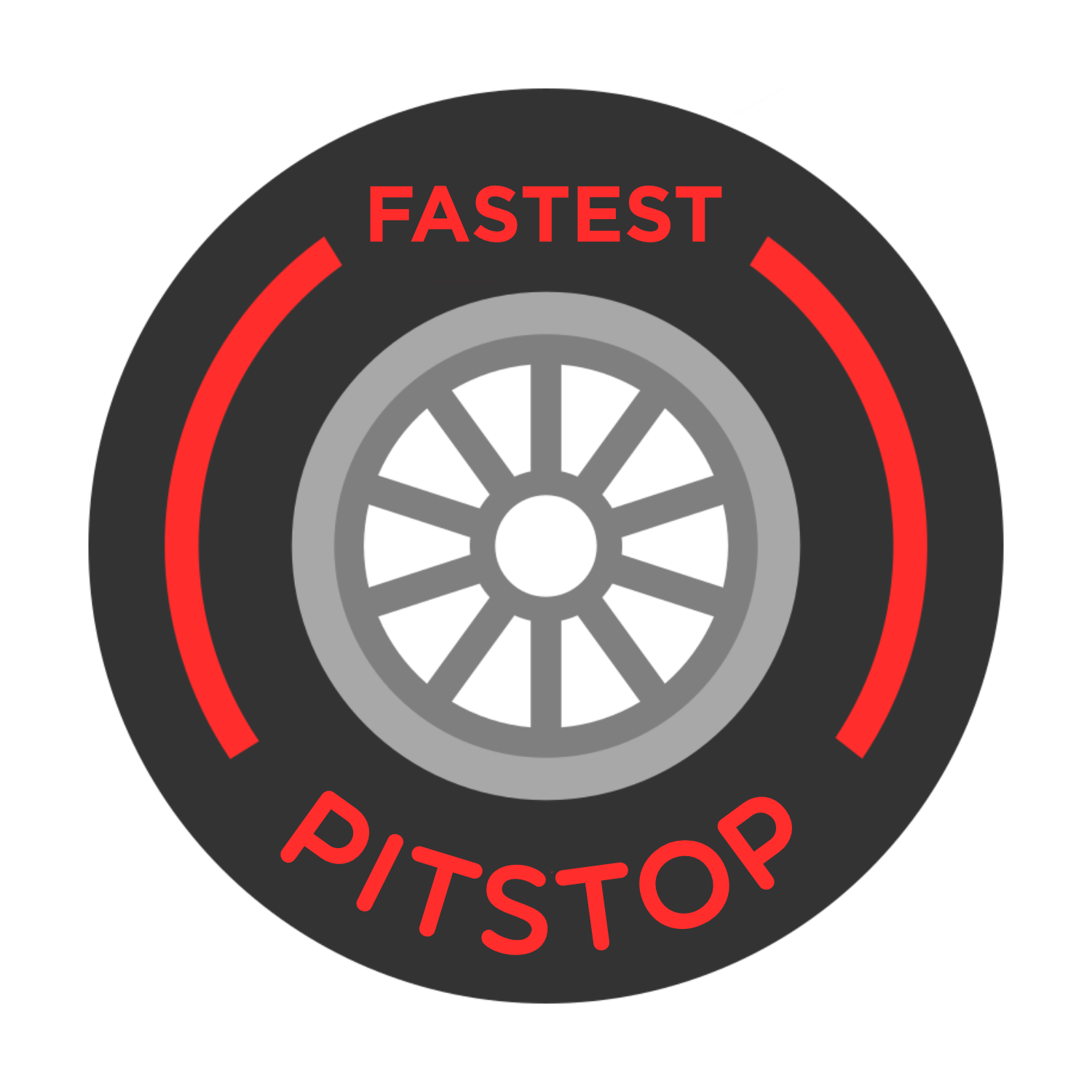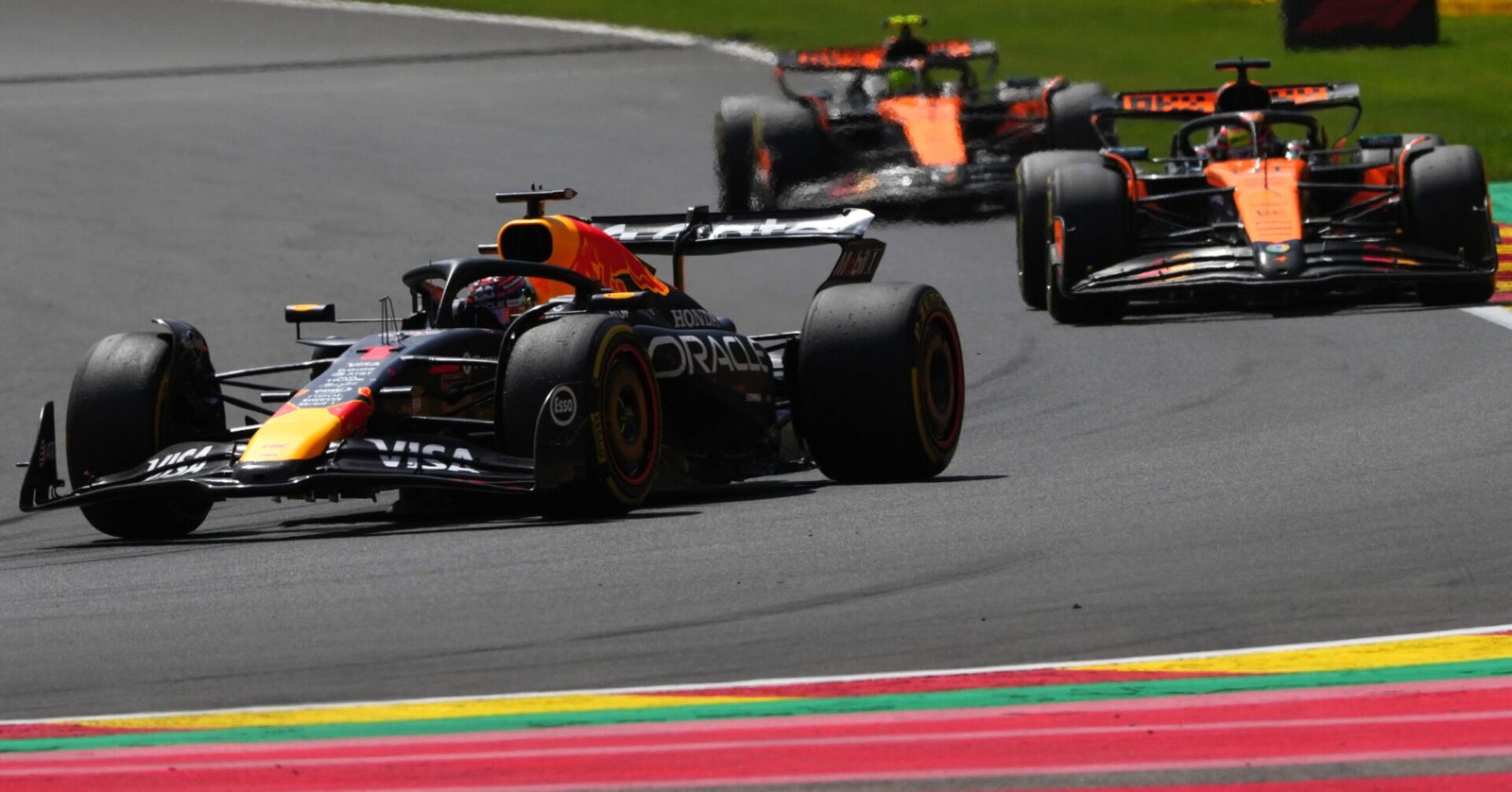Following another car in F1 is difficult due to the dirty air effect. Dirty air refers to the turbulence the leading car pushes onto the car behind, affecting the aerodynamics and reducing the downforce and grip of the challenger. F1 introduced the ground-effect cars to help battle the dirty air effect, but they failed to reduce turbulence.
Although there was some success early on in the 2022 regulation cycle, turbulence has reared its head once more. The last two seasons have seen drivers finding overtaking tricky. To combat this, F1 will introduce a new feature to aid overtaking, known as manual override mode.
Will the manual override mode help F1 cars overtake?
The 2026 season will see the back of the Drag Reduction System (DRS). The overtaking aid gave the drivers an advantage down the straights, but the issue was that by the time DRS was activated, the leading driver was too far ahead. This is because the chasing driver couldn’t get as good an exit due to the dirty air and lack of downforce.
DRS can only be used in certain zones when a driver is within 1 second of the car they are racing. This would mean a driver would have to be close to use the aid, but suffer through the lap and wear their tyres quicker. This often leads to drivers sitting further back to protect their tyres and temperatures, leading to a lack of on-track action.
However, F1 hopes that its new manual override mode (MOM) will return the thrill of overtaking to the sport. The MOM will let a chasing driver deploy the maximum available power from the MGU-K, while the leading driver cannot.
Manual Override, Active Aerodynamics and More – How the 2026 Regulations Will Change Formula 1
Although a driver can only use the MOM when 1 second behind their rival, the difference to DRS is that there are no zones. The MOM can be used at any time on a lap. This means the chasing driver can use the MOM while exiting a corner onto a straight, giving them the extra boost to help slipstream the car ahead.
MOM could be the solution that F1 is looking for. However, it will not eliminate the dirty air problem. Following a rival throughout a lap could still be difficult. What it will give is better exiting speeds from corners to help attack drivers on the straights.
The FIA is still testing Manual Override Mode to make overtaking hard but possible
F1’s new 2026 challengers will gradually lose energy deployment once they hit 290km/h. Once they hit 355km/h, they will lose all energy deployment. However, a driver using the MOM to hunt down their rivals will still be able to utilise an extra 0.5 MJ of power up to 337 km/h.
The FIA is still testing the MOM to help make overtaking difficult but possible. Speaking to Motorsport.com, FIA’s single-seater director Nikolas Tombazis was asked how powerful the boost will be. He replied, “This is one of the things we are doing now. When drivers are testing these cars in the simulator.
“It has got similarities with DRS but also differences depending on the tracks. What we are generally working on with the teams and the simulations is to make sure that the extra boost you get keeps overtaking always on the difficult side.”
Sebastian Vettel Voices Doubts Over F1’s 2026 Regulations and Calls Out Major Flaw
“Difficult but feasible. Rather than too easy where you just drive past somebody on the straights. Or too difficult, where you don’t manage to get close enough at the braking point.
“The finetuning that is taking place at the moment is to ensure that this override boost gives you just about the right amount to be able to get to that point. It won’t be the same for each circuit, but that is exactly the work that is taking place at the moment.”
IndyCar uses a similar device known as ‘push-to-pass’, which gives drivers a temporary power boost. It works well in that series, but F1 cars are more aerodynamic and create more turbulent air. Only time will tell if the MOM is the way forward.












